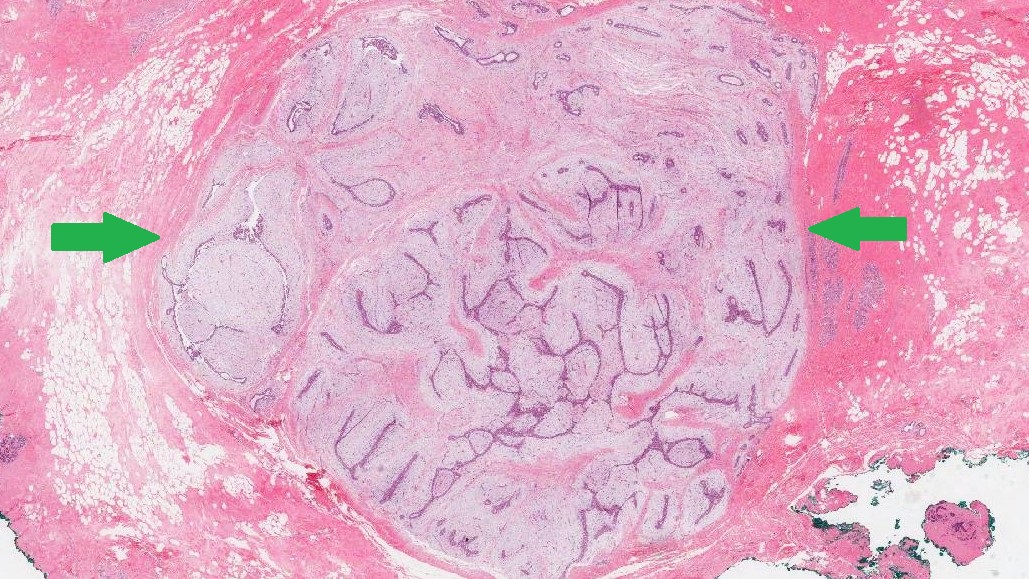In medicine, the term benign describes something that is not cancerous. Most often, it refers to growths or tumors that do not spread or invade other parts of the body. Pathologists, who are doctors specialized in examining tissues and cells, use the word benign to indicate that a particular growth or tissue sample does not have features of cancer.
Does benign mean cancer?
No, benign does not mean cancer. The opposite of benign is malignant, which refers to cancerous tumors that have the potential to invade nearby tissues and spread to other parts of the body (a process called metastasis). Benign tumors, on the other hand, remain localized and typically do not invade surrounding tissues or spread elsewhere.
Does benign mean normal?
Not necessarily. While benign indicates that something is not cancerous, it does not always mean it is entirely normal. A benign growth or tumor represents an abnormal increase in the number of cells, causing the tissue to appear different from normal healthy tissue. Even though benign growths are not cancerous, they can sometimes cause health problems by pressing on nearby organs or tissues, depending on their size and location.
Can something benign become cancer over time?
Although most benign conditions remain non-cancerous throughout life, certain types can become cancerous over time. For instance, some benign polyps in the colon, called adenomas, have the potential to develop into colon cancer. Likewise, some benign breast tumors may slightly increase the risk of breast cancer. Because of this potential risk, your doctor might recommend regular monitoring or preventive removal of certain benign growths.
What makes something benign?
Pathologists examine tissues under a microscope to determine whether a growth is benign or malignant. They look for several key features:
- Cell appearance: Benign cells typically look similar to normal cells, whereas cancer cells often appear abnormal or atypical.
- Growth rate: Benign tumors usually grow slowly, while malignant tumors tend to grow more rapidly.
- Cell division: Benign growths often have fewer mitotic figures (dividing cells) compared to malignant tumors, although some benign tumors may show active cell division.
- Tumor boundaries: Benign tumors usually have clear boundaries separating them from surrounding tissues, while malignant tumors frequently invade nearby tissue.
- Spread of cells: Benign cells do not typically invade surrounding tissues or spread through blood vessels or nerves (perineural or lymphovascular invasion), a characteristic commonly observed in malignant tumors.
Your doctor will use this information, along with your specific clinical situation, to decide on the most appropriate management plan.




